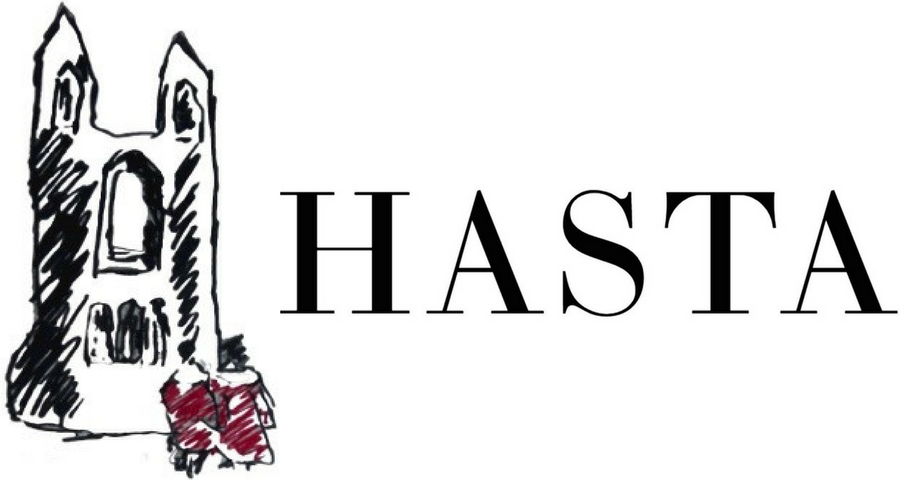Review: Standing on the Edge of Tomorrow
By Caroline Croasdaile
2016, Lucy Raven
The Serpentine Gallery
(8 Dec 2016 - 12 Feb 2017)
Edge of Tomorrow is the first UK feature-exhibit for the American artist Lucy Raven, and examines the origins of the media that inundates our lives- appearing in our homes, televisions, computer screens, and phones at light speed. Her reflections include tracing the copper wire used in mundane technology from an open pit mine in the American Southwest to a grim smelter in southern China. Most of the work of this video artist is presented through her cropped and edited film rolls that are thrown up against clean walls, illuminating London’s Serpentine Gallery.
As you progress through her fixtures in the gallery which includes a few photographs, and what appears to be a collage of found art, you enter a room with the flicker and stuttering sound of the 20th century- a projector playing a repetitive loop of TV test cards that flash through so quickly the eye can barely register the words on them as they appear. Further into the labyrinth, and at the heart of the exhibit, is a stereoscopic-style film showing a series of images slowly diverge and converge into a three-dimensional view. Watching this from the theatre seats with a pair of anaglyph 3D glasses on, it becomes clearer not only how someone employed in media editing achieves this effect, but also how the brain understands and pieces together the three-dimensionality of these images. Raven then goes on to contrast this film production process with ancient Indian bas-relief sculpture in her projected video entitled The Deccan Trap (2015), bridging past and current information art for us, the spectators.
Some of her work is very firmly rooted within the sphere of minimalist contemporary art, and I struggled to appreciate the aesthetic simplicity of Casters (2016), which is essentially just two balls of light that move in long arcs around the room. The difficult part of viewing Raven’s art is the intentional shift in tempo of the media-stream she provides us. She forces us to slow down to what feels like a grinding pace, or speed up into a manic trance. However, by doing this she certainly elicits a re-examination and renewed appreciation for the process behind content that we ravenously consume, and a keen observation on the interconnectivity of the eye and the brain. Raven has hit upon intriguing issues in information-based art, however her art struggled to fill the spaces of The Serpentine Gallery- my only complaint is that there was not more of it.

